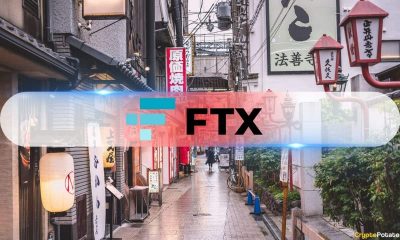Economy
China’s Liquefied Natural Gas Companies Increase LNG Sales to Europe
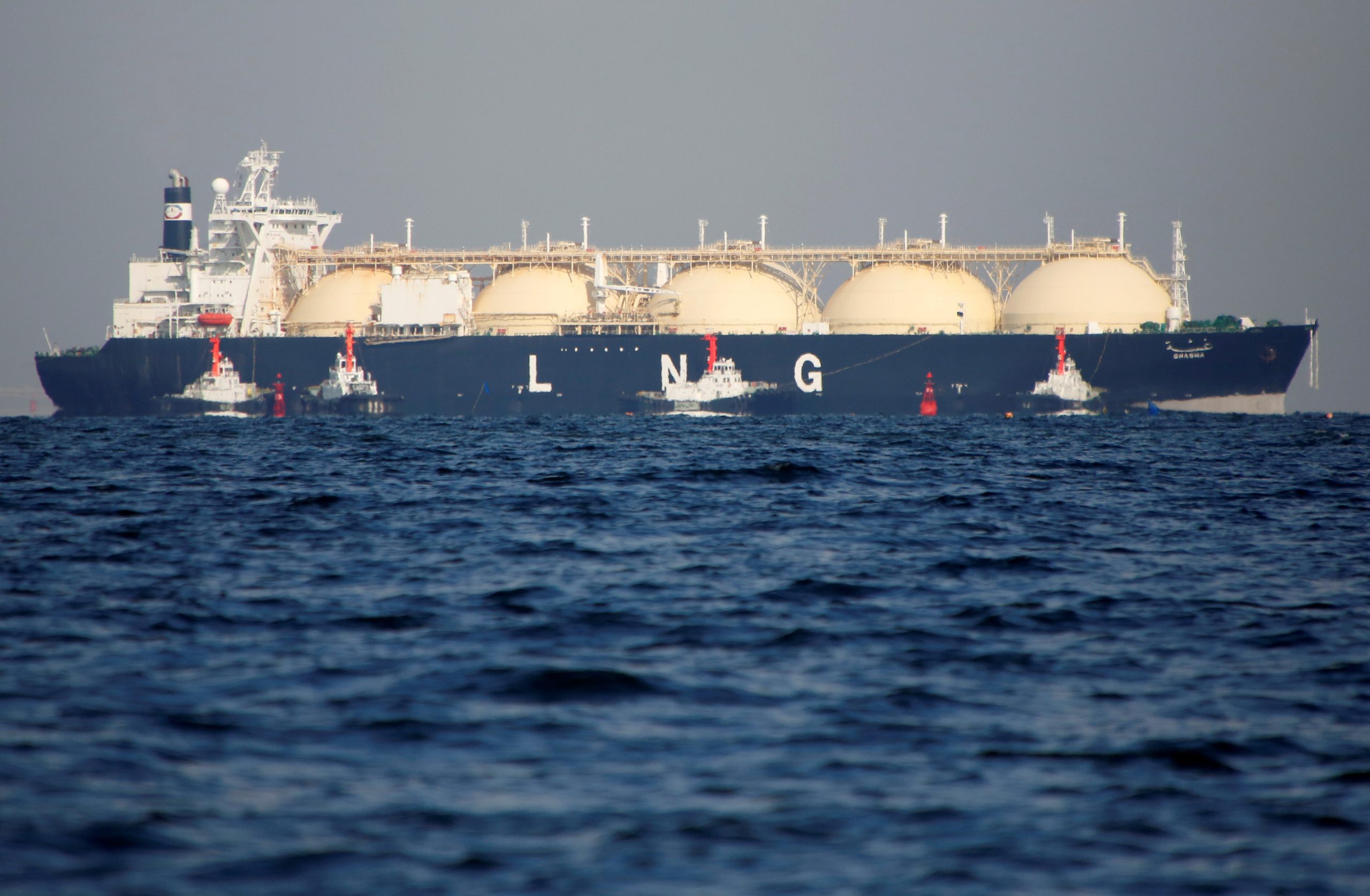
China’s state-owned Liquefied Natural Gas companies are making good money on liquefied gas surpluses, selling them to Europeans who are willing to pay anything for gas.
It makes sense: gas prices are going up, so Chinese energy companies are increasing their LNG sales to European buyers. It may seem that Moscow and Beijing have agreed on joint actions: Russia reduces gas supplies to the European market, which have become unpromising because of the Europeans’ desire to reject Russian gas, and thus raises the price of the “blue” fuel, and China takes advantage of the high prices to sell Europe the excess LNG that was formed because of the economic slowdown due to the outbreak of the pandemic and the energy crisis, and makes good money on it. Last year China became the main LNG importer on the planet, and this year demand from Beijing has already dropped by 20%.
Today, Europe has no alternative to liquefied natural gas. The scheme looks logical, but nevertheless it is erroneous, because Moscow and Beijing still act independently of each other in this matter and behave pragmatically.
According to Bloomberg, major Chinese energy state companies have been stepping up LNG sales to European buyers in recent weeks. The number of cargoes of American LNG for China, which Chinese companies resell to Europeans, is growing. Of course, it’s not just about American LNG. Now, for example, Chinese energy giant CNOOC has put up for sale a cargo of Australian oil from the Northwest Shelf field, due to arrive in November. There is no doubt that there will be plenty of buyers and they will all be from Europe, which has finally achieved its goal and is now virtually left without Russian gas.
Sinopec and PetroChina Co. also sell gas to Europeans. In the first eight months of this year, Chinese companies, according to the Financial Times, have already sold almost 4 million tons of liquefied gas, which amounted in the first half of the year to about 7% of Chinese consumption of “blue” fuel.
China has sharply increased its gas purchases from Russia this year. Over the last six months, the cost of importing Russian gas has increased by $15 billion: from $20 billion in March-August 2021 to $35 billion this year.
Thanks to growing supplies and LNG from Russia, the Celestial Empire has a surplus of it, which the Chinese do not need and can sell because of the slowdown in economic recovery.
We previously reported on the US economic slowdown in 2022.
Economy
Russian central bank says it needs months to make sure CPI falling before rate cuts -RBC
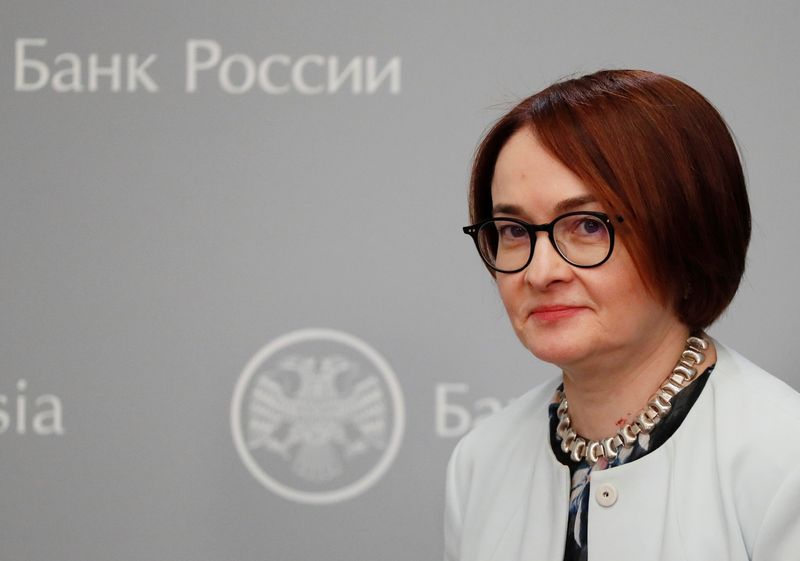
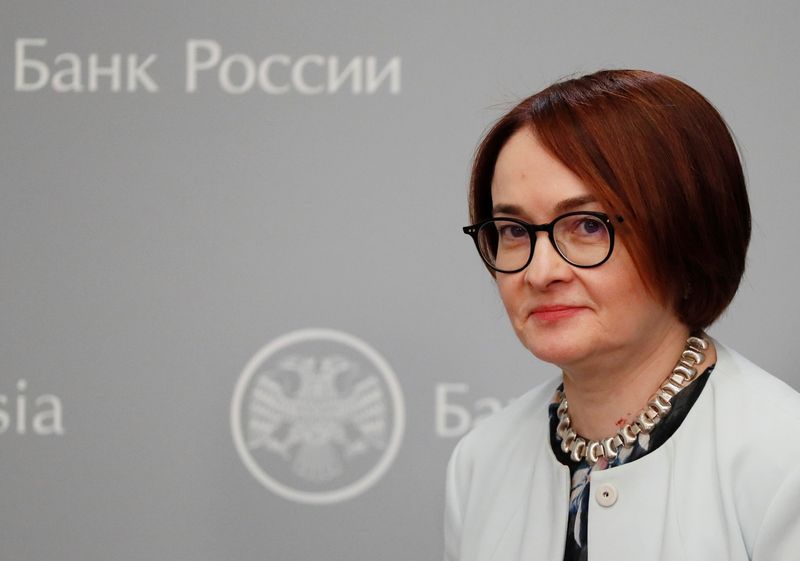
© Reuters. Russian Central Bank Governor Elvira Nabiullina attends a news conference in Moscow, Russia June 14, 2019. REUTERS/Shamil Zhumatov/File Photo
MOSCOW (Reuters) – Russia’s central bank will need two to three months to make sure that inflation is steadily declining before taking any decision on interest rate cuts, the bank’s governor Elvira Nabiullina told RBC media on Sunday.
The central bank raised its key interest rate by 100 basis points to 16% earlier in December, hiking for the fifth consecutive meeting in response to stubborn inflation, and suggested that its tightening cycle was nearly over.
Nabiullina said it was not yet clear when exactly the regulator would start cutting rates, however.
“We really need to make sure that inflation is steadily decreasing, that these are not one-off factors that can affect the rate of price growth in a particular month,” she said.
Nabiullina said the bank was taking into account a wide range of indicators but primarily those that “characterize the stability of inflation”.
“This will take two or three months or more – it depends on how much the wide range of indicators that characterize sustainable inflation declines,” she said.
The bank will next convene to set its benchmark rate on Feb. 16.
The governor also said the bank should have started monetary policy tightening earlier than in July, when it embarked on the rate-hiking cycle.
Economy
China identifies second set of projects in $140 billion spending plan


© Reuters. FILE PHOTO: Workers walk past an under-construction area with completed office towers in the background, in Shenzhen’s Qianhai new district, Guangdong province, China August 25, 2023. REUTERS/David Kirton/File Photo
SHANGHAI (Reuters) – China’s top planning body said on Saturday it had identified a second batch of public investment projects, including flood control and disaster relief programmes, under a bond issuance and investment plan announced in October to boost the economy.
With the latest tranche, China has now earmarked more than 800 billion yuan of its 1 trillion yuan ($140 billion) in additional government bond issuance in the fourth quarter, as it focuses on fiscal steps to shore up the flagging economy.
The National Development and Reform Commission (NDRC) said in a statement on Saturday it had identified 9,600 projects with planned investment of more than 560 billion yuan.
China’s economy, the world’s second largest, is struggling to regain its footing post-COVID-19 as policymakers grapple with tepid consumer demand, weak exports, falling foreign investment and a deepening real estate crisis.
The 1 trillion yuan in additional bond issuance will widen China’s 2023 budget deficit ratio to around 3.8 percent from 3 percent, the state-run Xinhua news agency has said.
“Construction of the projects will improve China’s flood control system, emergency response mechanism and disaster relief capabilities, and better protect people’s lives and property, so it is very significant,” the NDRC said.
The agency said it will coordinate with other government bodies to make sure that funds are allocated speedily for investment and that high standards of quality are maintained in project construction.
($1 = 7.1315 renminbi)
Economy
Russian central bank says it needs months to make sure CPI falling before rate cuts -RBC
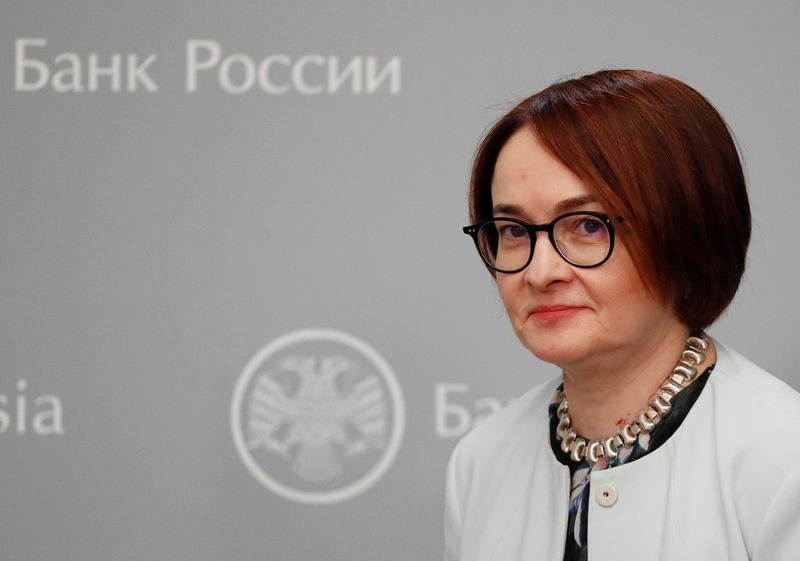

© Reuters. Russian Central Bank Governor Elvira Nabiullina attends a news conference in Moscow, Russia June 14, 2019. REUTERS/Shamil Zhumatov/File Photo
MOSCOW (Reuters) – Russia’s central bank will need two to three months to make sure that inflation is steadily declining before taking any decision on interest rate cuts, the bank’s governor Elvira Nabiullina told RBC media on Sunday.
The central bank raised its key interest rate by 100 basis points to 16% earlier in December, hiking for the fifth consecutive meeting in response to stubborn inflation, and suggested that its tightening cycle was nearly over.
Nabiullina said it was not yet clear when exactly the regulator would start cutting rates, however.
“We really need to make sure that inflation is steadily decreasing, that these are not one-off factors that can affect the rate of price growth in a particular month,” she said.
Nabiullina said the bank was taking into account a wide range of indicators but primarily those that “characterize the stability of inflation”.
“This will take two or three months or more – it depends on how much the wide range of indicators that characterize sustainable inflation declines,” she said.
The bank will next convene to set its benchmark rate on Feb. 16.
The governor also said the bank should have started monetary policy tightening earlier than in July, when it embarked on the rate-hiking cycle.

 Forex2 years ago
Forex2 years agoForex Today: the dollar is gaining strength amid gloomy sentiment at the start of the Fed’s week

 Forex2 years ago
Forex2 years agoHow is the Australian dollar doing today?

 Forex2 years ago
Forex2 years agoUnbiased review of Pocket Option broker

 Forex2 years ago
Forex2 years agoDollar to pound sterling exchange rate today: Pound plummeted to its lowest since 1985

 Cryptocurrency2 years ago
Cryptocurrency2 years agoWhat happened in the crypto market – current events today

 World2 years ago
World2 years agoWhy are modern video games an art form?

 Stock Markets2 years ago
Stock Markets2 years agoMorgan Stanley: bear market rally to continue

 Economy2 years ago
Economy2 years agoCrude oil tankers double in price due to EU anti-Russian sanctions











